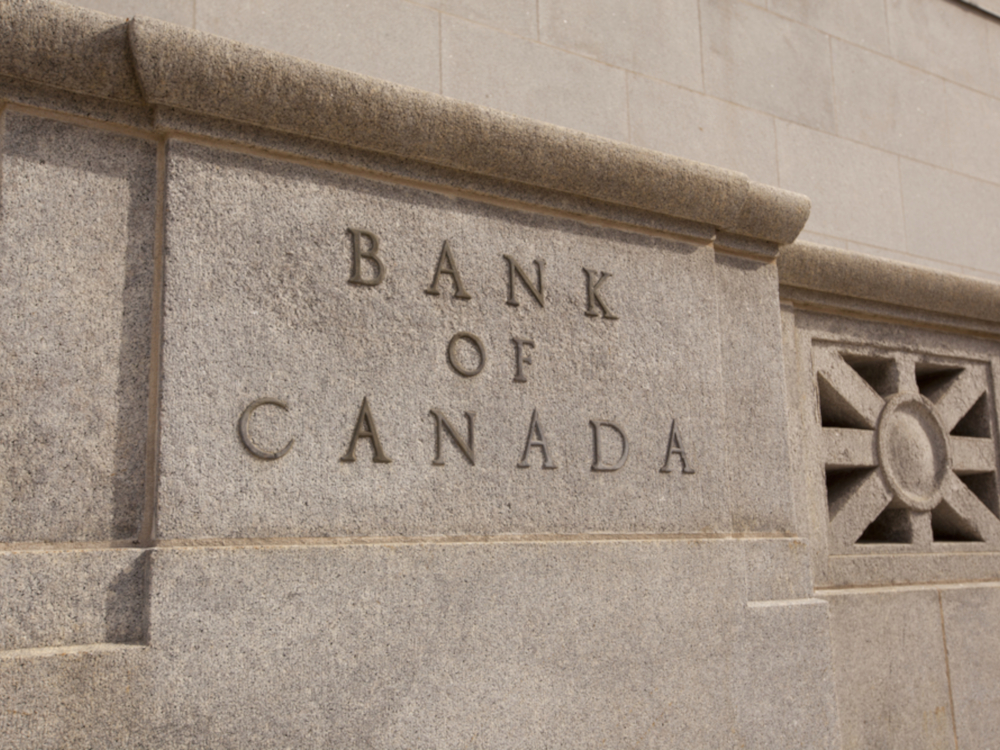
Jul 8, 2019
The Bank of Canada will have the opportunity to set a course of action or, more likely, inaction for some time at least into the Fall when it delivers its latest policy communications on Wednesday July 10.
Key may be how the BoC views external risks that it warned had increased in May. Further, watch for key guidance toward Q3 GDP. Recall that the BoC only forecasts out a quarter at a time and the April MPR published quarterly GDP growth up to 2019Q2. While it has to revise up that 1.3% estimate for Q2 to something that would probably be deep in the 2s perhaps bordering upon 3%, how the BoC views the durability of this improvement relative to potentially temporary and distorted drivers is key by way of assessing 2019H2 risks.
In the meantime, the case for the BoC to stand pat on rates for some time is guided by the following points:
- The BoC is starting at a more relaxed policy stance than the Fed with slightly negative real rates and below its neutral rate. This gives the BoC more of a policy buffer against downside risks;
- The BoC’s preferred core inflation measures are on- if not a smidge above-target at 2.1% y/y while the Fed’s preferred gauge is well below 2% at 1.6%.
- C$ weakness is the flip side to the implications of US dollar strength. The CAD rally of about a nickel since early June has been backed by firmer commodity prices. Further C$ appreciation may be limited if the Fed cuts because US monetary policy easing is already significantly priced in;
- Canada’s economy is on the rebound in Q2 whereas the US is decelerating;
- Domestic trade policy risks are less negative for Canada now given the CUSMA deal that is pending passage in the US and Canada (but passed in Mexico) and the reversal of steel and aluminum tariffs and reciprocal actions; housing markets are stabilizing in Canada, driven by job growth, lower mortgage rates and distance from B20;
- nonfarm payrolls disappointed in May but Canada’s job growth has remained strong this year;
- Canada has imported bond market easing driven by Fed rate expectations and to a degree can ride along the Fed’s coat tails.
Source: Scotia Economics